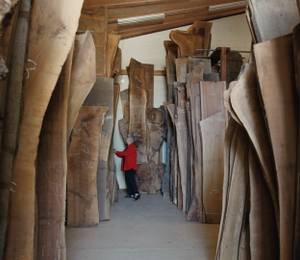Istanbul, Turkey – Following the devastating earthquake on 6 February 2023, Türkiye Design Council (TDC) has brought together the world’s best architects and designers to start the long-term process of revitalising the historic province of Hatay, situated in southeast Türkiye.
TDC has convened 13 design practices composed of leading experts in architecture, design, engineering, environmental sustainability, culture, heritage, and archaeology, including Foster + Partners and Bjarke Ingels Group. Collectively they are working towards a vision for the next era of Hatay that ensures it is resilient, sustainable and liveable for generations to come, while preserving its 2,300-year-old cultural heritage and identity.
At the heart of the initiative is a visionary new masterplan for the city of Antakya (known to antiquity as Antioch), which is being developed under the leadership of internationally acclaimed Foster + Partners, alongside renowned Turkish practices DB Architects and KEYM (Urban Renewal Center), that will lay the foundation for its future. The masterplan is expected to be revealed fully in 2024.
Over the coming months and years, Türkiye Design Council aims to create a new global approach to rebuilding cities after natural disasters that brings together the world’s best architects whilst giving the local community of Hatay a voice in their city’s recovery. Hatay will become a global exemplar for earthquake recovery, taking best practice principles from around the world and applying them to its truly unique context.
With an estimated 80 percent of the central city of Antakya destroyed during the earthquake, there is an urgent need and opportunity to reimagine the city for future generations with improved climate resilience, connectivity, and social and environmental wellbeing. The location of central districts, administrative buildings and new infrastructure must all be considered.
Described as a mosaic of archaeological and historic religious features, it is the site of two significant ancient cities: Seleukeia Pieria and Antiokheia. Plans will be reflective of this, incorporating the restoration of important sites such as the Uzun Bazaar, churches, mosques, bathhouses and synagogues to reassert its skyline and reputation for religious tolerance, while also being attuned to its natural geography, including the plains of the Asi River.
Türkiye Design Council’s revitalisation planning is being supported by the Turkish Ministry of Environment, Urban Planning and Climate Change, and the Ministry of Culture and Tourism.












